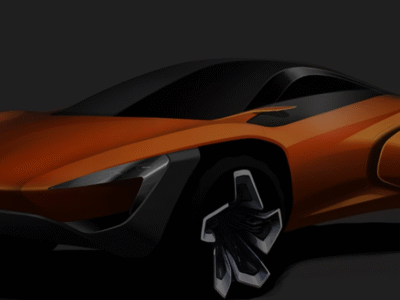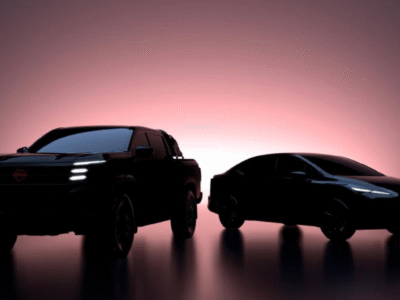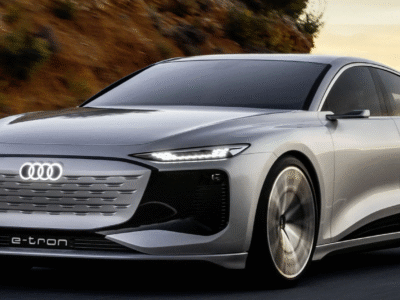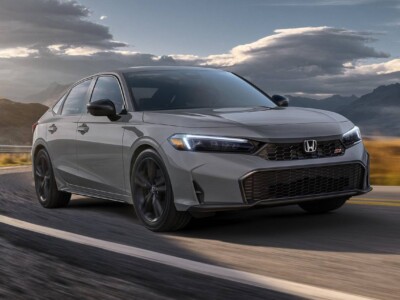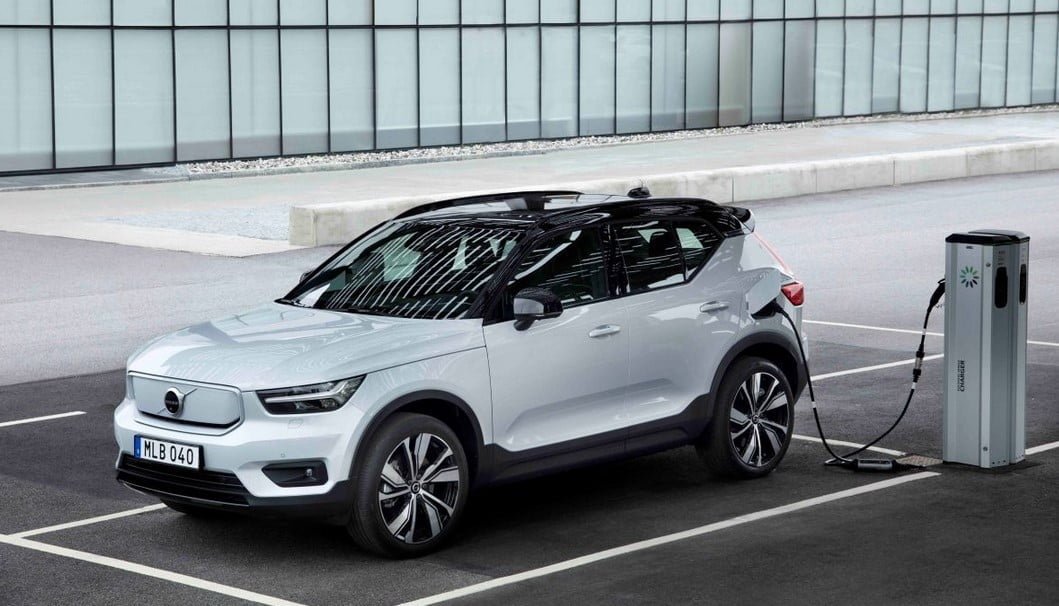
Volvo has revamped the equipment structure of the fully electric XC40 recharge lineup, providing buyers of its all-electric SUV with more options. The XC40 EV is now available for order, with prices starting at $49,950, positioning it as a direct competitor to the upcoming Tesla Model Y.
Since the initial launch of the XC40 Recharge earlier this year, Volvo no longer offers the car with the R-Design trim (a badge used by its combustion engine vehicles) and, instead, provides a single equipment level structure.
Buyers can choose from three models, named Twin, Twin Plus, and Twin Pro. The cheapest option comes standard with 19-inch alloy wheels, active LED headlights, rear parking sensors, and an electrically operated tailgate.
Inside, there’s dual-zone climate control, a wireless smartphone charging pad, a 12.3-inch digital dashboard, and a nine-inch infotainment system, powered by new Google-developed software instead of Volvo’s in-house Sensus system.
Twin Plus cars have front parking sensors, a rear-view camera, and a handful of interior upgrades, such as electrically adjustable seats, a heated steering wheel, and heated front and rear seats. It also features a more efficient heat pump, which Volvo claims can better heat and cool the cabin in extreme conditions.
Improvements over the mid-range car in the XC40 Recharge Twin Pro include 20-inch alloy wheels, a panoramic roof, auto-dimming exterior mirrors, and a 360-degree parking camera.
The company’s semi-autonomous Pilot Assist driving system is also equipped, adding adaptive cruise control and steering assistance, while the interior benefits from a 12-speaker, 600W Harman Kardon stereo system and Nubuck leather upholstery.
Despite this, Volvo says that most XC40 Recharge customers will not buy their cars directly, with an expected 95 percent opting for one of the brand’s new subscription programs.
There’s also a flexible Care by Volvo plan, starting from $769 per month. It’s an open-ended contract with a 30-day trial period, meaning if you’re not satisfied with the car at the end of the month, you can return it to Volvo hassle-free.
However, there’s also an additional cancellation clause, as if you find that the XC40 Recharge doesn’t suit your needs after the trial period expires, you can swap it for a different Volvo or give notice and terminate the contract after three months.
New Volvo XC40 Recharge 2021: Performance and Range
Like the combustion-engined XC40, the Recharge is based on Volvo’s Compact Modular Architecture (CMA). However, instead of an internal combustion engine, it uses a 78 kWh battery mounted under the cabin floor and an electric motor on each axle.
The system has a peak power of 402 hp and 660 Nm of torque, which Volvo says is enough for a 0 to 100 km/h time of 4.9 seconds. More importantly, the XC40 Recharge offers a range of 259 miles thanks to a recent software update.
When plugged into a 150 kW DC fast charger, the battery can charge to 80% in about 40 minutes. A full recharge with the onboard 11kW AC charger takes just over eight hours.
Volvo also wants to emphasize that, as the electric powertrain of the XC40 Recharge is smaller than an internal combustion engine, there’s room for a 31-liter storage container under the hood, suitable for transporting the car’s charging cables. The cabin space also remains unchanged from the standard car.
The Future of Purely Electric Volvo
Finally, Volvo will introduce a less powerful front-wheel-drive version of the XC40 Recharge, which should significantly lower the car’s price below the $50,000 threshold. However, details of this new model have not yet been confirmed.
This XC40 EV also announced the arrival of Volvo’s electrified Recharge sub-brand, under which all of the company’s plug-in models will be positioned. The latest addition to the lineup is the C40 Recharge, which is a purely electric, more casual crossover based on the same CMA platform as the XC40 Recharge.
Volvo will introduce four more electric cars over the next five years, and the company aims for electric vehicles to represent 50 percent of its sales by 2025. The Swedish brand also plans to sell only electric vehicles from 2030 onwards.
Volvo has also made the decision to move all sales of its pure electric cars online, in an effort to increase profitability in the electric era. Lex Kerssemakers, Head of Global Operations at Volvo, said, “We want to offer our customers peace of mind and a worry-free way of having a Volvo, removing complexity when obtaining and driving the car. Simplification and convenience are the key to everything we do.”



